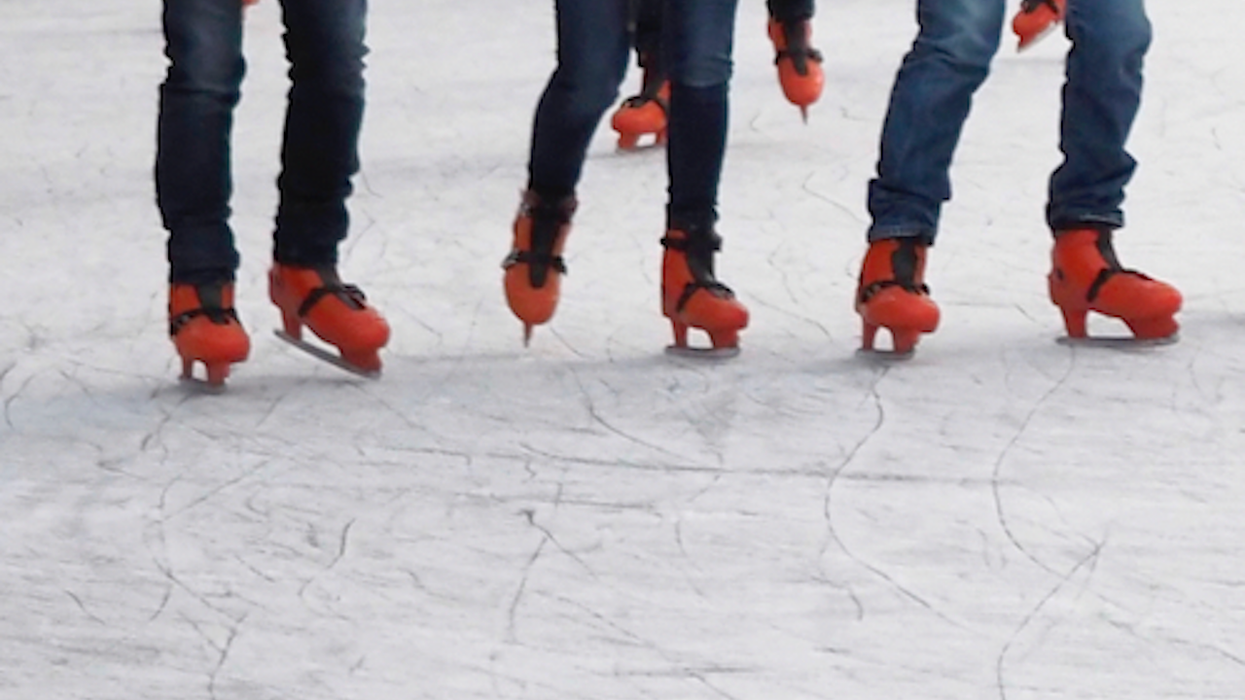
© 2025 Blaze Media LLC. All rights reserved.
Move Over Big Bang, Now Some Scientists Suggest a 'Big Chill' Created Universe
August 21, 2012
"asking all the right questions and stirring up a stagnant, unthinking and unquestioning pond in the process."

Australian scientists are challenging one of the most well-known and widely held theories among physicists about how the universe as we know it formed, saying the Big Bang may have been more like a "Big Chill."
Theoretical physicists at the University of Melbourne and RMIT University are studying cracks in crystals and ice to support this new theory. ABC News out of Australia explains that the researchers believe that the universe could have arisen from the interaction of tiny particles that cannot be directly observed, but they think there is an indirect way to identify them using the theory of Quantum Graphity.
Here's more from lead researcher Jason Quach according to the study press release (via Science Daily):
"Ancient Greek philosophers wondered what matter was made of: was it made of a continuous substance or was it made of individual atoms?" he said. "With very powerful microscopes, we now know that matter is made of atoms.""Thousands of years later, Albert Einstein assumed that space and time were continuous and flowed smoothly, but we now believe that this assumption may not be valid at very small scales.
"A new theory, known as Quantum Graphity, suggests that space may be made up of indivisible building blocks, like tiny atoms. These indivisible blocks can be thought about as similar to pixels that make up an image on a screen. The challenge has been that these building blocks of space are very small, and so impossible to see directly."
But Quach and his colleagues believe the particles can be detected indirectly. As the universe cooled, Quach said, structures would form from crystallization into the "three spatial and one time dimension that we see today." If this is the case, cracks would form as well.
"...similar to the way cracks are formed when water freezes into ice," Quach said.
RMIT University associate professor Andrew Greentree elaborated on this point saying if this were the case, "light and other particles [bending] or [reflecting] off such defects" would make them visible.
According to the release, the team is calculating some of these effects and, if seen in experiments, "the question as to whether space is smooth or constructed out of tiny indivisible parts will be solved once and for all."
Paul Wallace in an op-ed for Digital Journal has some thoughts on the theory though. He notes a problem with the theory as to "cooling" given that heat would have had to come from somewhere for a "big chill" to occur. He also writes that this theory supporting that the universe "condensed" is a problem given research that shows it is "now accelerating away from itself at incredible speeds." Here's more:
There’s a certain lack of continuity in the article, which starts with Quantum Graphity and cracks in the universe, which form the basis of the condensation theory and its proof, respectively.[...]
Assuming matter and space evolved from quantum or pre-quantum materials and their properties, light can be bent and reflected by other phenomena, to start with. Are there any criteria which specifically identify a crack?
There’s nothing wrong with the idea of cracks as such- even coherent organisms like trees have cracks created by stresses. The other obvious questions are why there should be cracks, and cracks in what form, specifically?
It may be that the article doesn’t express the argument properly, but following the logic from no space-condensation and heat loss- cracks takes a bit of work.
Wallace notes that it's gutsy of the physicists to pose a different model of thought compared to their peers. If nothing else, Wallace writes, they're "asking all the right questions and stirring up a stagnant, unthinking and unquestioning pond in the process."
Featured image via Shutterstock.com
Want to leave a tip?
We answer to you. Help keep our content free of advertisers and big tech censorship by leaving a tip today.
Want to join the conversation?
Already a subscriber?
more stories
Sign up for the Blaze newsletter
By signing up, you agree to our Privacy Policy and Terms of Use, and agree to receive content that may sometimes include advertisements. You may opt out at any time.
Related Content
© 2025 Blaze Media LLC. All rights reserved.
Get the stories that matter most delivered directly to your inbox.
By signing up, you agree to our Privacy Policy and Terms of Use, and agree to receive content that may sometimes include advertisements. You may opt out at any time.





